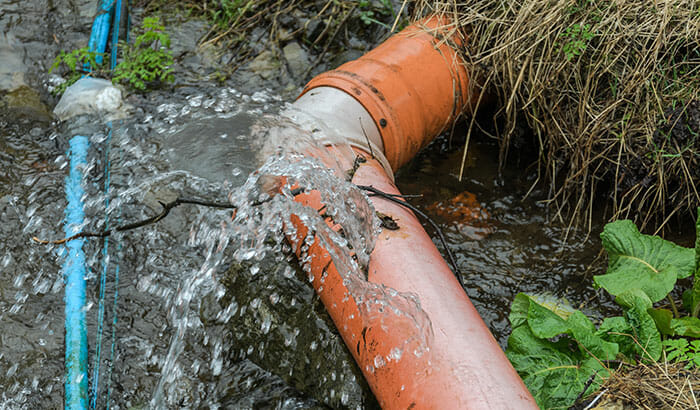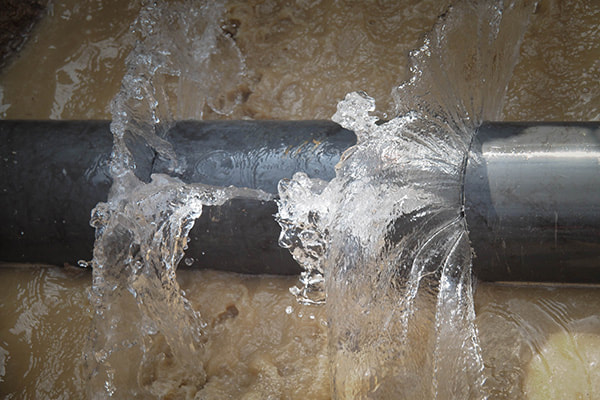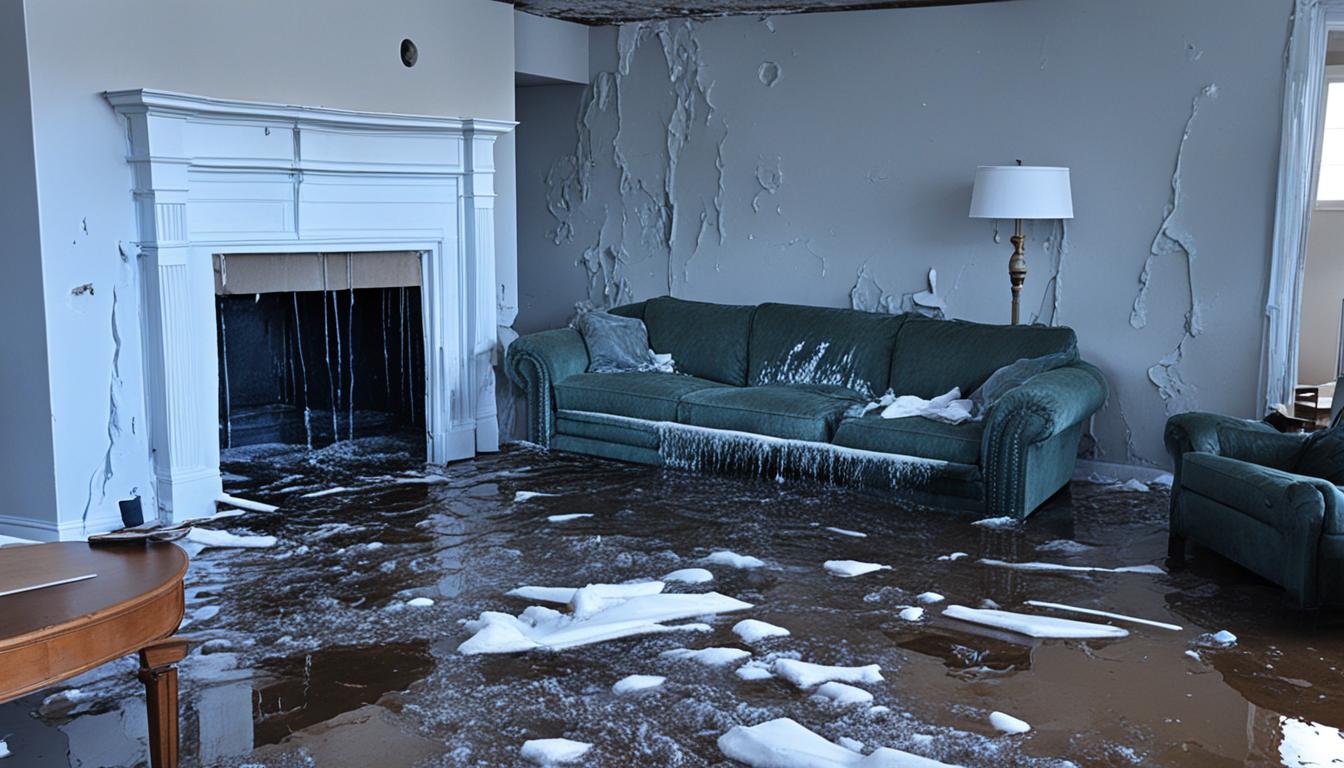How to Handle a Burst Pipe: Essential Steps for Immediate Action
Avoiding Burst Pipes: Important Tips to Shield Your Pipes
Stopping burst pipelines is an essential problem for house owners, specifically during chillier months when the threat of cold is heightened. Implementing critical steps such as proper insulation, routine assessments, and maintaining consistent interior temperature levels can significantly reduce the chance of pipeline failure.
Understand Pipe Vulnerabilities
Recognizing pipeline vulnerabilities is essential for reliable pipes maintenance and protecting against expensive damage. A number of factors add to the sensitivity of pipes to ruptureds, including material make-up, age, and environmental conditions. Older pipelines, particularly those made from galvanized steel or polybutylene, commonly break down with time, causing enhanced threat of tears and leakages.
Temperature variations can also dramatically impact pipeline integrity. In chillier environments, water entraped in pipelines can freeze, exerting and broadening stress on the pipe wall surfaces, which might eventually cause a burst. High water pressure can strain pipes, specifically at joints and bends, enhancing the probability of failing.

Insulate Water Lines Effectively
Appropriate insulation of pipelines is crucial for protecting against freezing and subsequent bursts throughout cold weather condition (burst pipe). Insulating your plumbing system efficiently safeguards against temperature goes down that can bring about pricey damages. Begin by identifying susceptible areas where pipes are subjected to exterior temperatures, such as basements, attics, and exterior wall surfaces
Use foam pipe insulation sleeves or wrap insulation tape around these areas to provide a safety obstacle. Ensure that all areas of the pipelines, especially those with limited warmth direct exposure, obtain appropriate insulation. Pay special interest to fittings and joints, as these are a lot more prone to cold.
When protecting, it's important to select products that fulfill regional building regulations and are ideal for the particular atmosphere. Fiberglass insulation is typically suggested for its thermal resistance homes. Additionally, take into consideration using heat wires or tape in extreme problems, which can be plugged in to provide supplementary warmth
Routinely inspect shielded pipes for any type of indications of wear or damage, as jeopardized insulation can reduce its performance. By taking these positive measures, you considerably minimize the risk of pipeline ruptureds, making sure a reliable pipes system throughout the winter season.
Maintain Regular Temperature
A steady interior temperature level is essential for stopping burst pipelines throughout the icy months. When temperature levels decrease, water within pipelines can ice up, developing and broadening stress that may inevitably cause the pipes to burst. To alleviate this threat, home owners ought to preserve a regular temperature throughout their home, ideally no reduced than 55 ° F(13 ° C)Using a programmable thermostat can help take care of interior temperature levels effectively, ensuring that areas with pipes continue to be cozy even when your home is unoccupied. Pay special attention to locations that are a lot more susceptible to cold, such as garages, basements, and attics. Maintaining cabinet doors open under sinks can also permit warmer air from the home to flow around plumbing.
Furthermore, it is sensible to permit taps to drip a little throughout severe cold spells. This small circulation of web water can avoid cold by alleviating stress within the pipes. During specifically severe weather occasions, think about momentarily suspending any type of nighttime obstacles on your thermostat to preserve a constant warm environment. By applying these strategies, home owners can substantially reduce the danger of pipe bursts and safeguard their pipes systems versus the extreme winter months components.
On A Regular Basis Evaluate Pipes
Regular evaluations of plumbing systems are critical for preventing burst pipelines and preserving total home honesty. Regular checks allow home owners to determine prospective problems before they escalate into expensive repair work or major water damage. Throughout these examinations, it is essential to analyze visible pipes for indications of rust, leaks, or wear. Pay special focus to locations vulnerable to cold, such as basements, attic rooms, and outside wall surfaces.
Furthermore, inspecting links and joints is important, as these points are commonly prone to leaks. Property owners need to additionally evaluate water stress levels, as excessive pressure can stress the plumbing system and raise the danger of pipeline ruptureds.
Think about scheduling specialist pipes inspections at the very least yearly, especially prior to winter months, to guarantee your system is prepared for cooler temperature levels. Regular evaluations not just help in determining prompt issues however also foster long-term maintenance strategies that can improve the lifespan of your pipes system. By being aggressive in your method, you can guard your home against the costly and disruptive effects of burst pipes. Prioritizing plumbing examinations is an investment in your house's health and wellness.
Know Emergency Situation Treatments
Recognizing emergency situation treatments is essential for every home owner, particularly after conducting regular plumbing examinations. Being prepared for a pipes emergency can significantly reduce damage and conserve expenses.
Next, maintain crucial devices useful. A plumbing emergency kit need to consist of a wrench, bettor, and towels, in addition to a flashlight and a pail for tiny leaks. Additionally, take into consideration having the get in touch with details for a relied on plumbing professional easily available, needs to the scenario intensify past your control.
If you find a leakage or ruptured pipeline, instantly switch off the water and inform your plumbing professional. Document the damages with photos for view it insurance functions. Be aware of the indications of prospective plumbing concerns, such as unusual water pressure fluctuations or damp spots on wall surfaces
Inevitably, positive knowledge and speedy action are crucial in handling plumbing emergency situations, guaranteeing your home stays secured and lessening potential damage.

Final Thought
To conclude, preventing burst pipelines necessitates a diverse approach that consists of understanding pipe vulnerabilities, appropriate insulation, preserving constant interior temperature levels, regular assessments, and expertise of emergency situation procedures. By implementing these essential methods, the danger of pipes failures can be dramatically minimized, thereby making certain the longevity and effectiveness of the pipes system. Positive measures not only secure versus potential damages but additionally add to general water conservation and the defense of home.
In cooler climates, water caught in pipelines can ice up, exerting and increasing pressure on the pipe wall surfaces, which may inevitably lead to a burst. When temperatures decline, water within pipelines can freeze, producing and expanding stress that might ultimately trigger the pipes to burst. By carrying out these strategies, house owners can dramatically decrease the risk of pipeline ruptureds and safeguard their plumbing check my blog systems against the rough wintertime elements.
